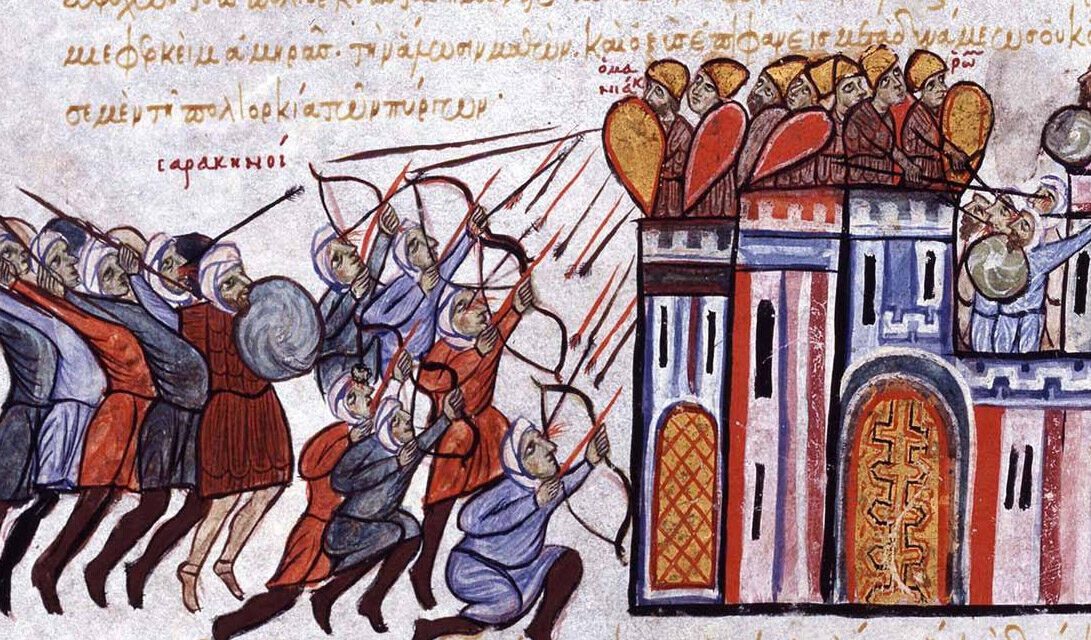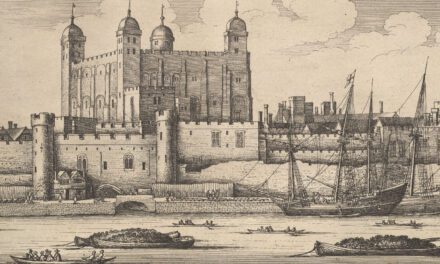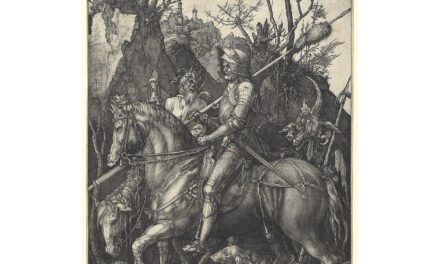History Guild General History Quiz 76
See how your history knowledge stacks up.
Want to know more about any of the questions? Once you’ve finished the quiz click here to learn more.
Have an idea for a question? Suggest it here and we’ll include it in a future quiz!
The stories behind the questions
1. What language did the Byzantines speak?
Greek – “Byzantine Empire” is a term created after the end of the realm, its citizens continued to refer to their empire simply as the Roman Empire. Although the Roman state continued and its traditions were maintained, modern historians distinguish Byzantium from its earlier incarnation because it was centred on Constantinople, oriented towards Greek rather than Latin culture, and characterised by Eastern Orthodox Christianity. Greek was the official language of the Empire from the 7th century.
2. In what year were Australia’s first coins created?
1797 – The first coin to become official currency in New South Wales was the cartwheel penny, minted in London in 1797 and shipped to the colonies to alleviate the shortage of coinage. In the early days, coins from many countries were in circulation and their value was often in dispute.
When the First Fleet arrived in New South Wales, very little actual money arrived with it. The Governor, Captain Arthur Phillip, had a kitty of £300, while the officials and marines of the New South Wales Corps may have had odds and ends of coinage. Wages were initially paid in food, not money, until the need to buy goods from trading ships made the lack of coins a problem. A barter system developed and rum became a default form of currency.
3. How many people died in the 1978 Jonestown massacre?
918 – The Peoples Temple Agricultural Project, better known by its informal name “Jonestown”, was a remote settlement in Guyana, established by the Peoples Temple, a San Francisco-based cult under the leadership of Jim Jones. In an event termed “revolutionary suicide” by Jones and some Peoples Temple members on an audio tape of the event, the entire group took a concoction including cyanide, which was mixed into a large vat of grape Flavor Aid. Guards armed with guns and crossbows had been ordered to shoot those who fled the Jonestown pavilion as Jones lobbied for suicide, leaving those who were reluctant the basic dilemma of death by poison or death by a guard’s hand.
The poisonings in Jonestown followed the murder of five others by Temple members at Port Kaituma, including United States Congressman Leo Ryan, an act that Jones ordered. Congressman Ryan had been in Guyana to investigate Jonestown, and ironically his investigation was going to describe Jonestown “in basically good terms”.
4. What group did Boudicca lead in her battles against the Romans?
Iceni – Boudicca was a queen of the British Iceni tribe who led an uprising against the conquering forces of the Roman Empire around AD 60. The Iceni destroyed Camulodunum (modern Colchester), before descending upon Londinium (modern London), and Verulamium, which they sacked and burned. Roman governor Gaius Suetonius Paulinus regrouped his forces, and despite being heavily outnumbered he decisively defeated the Britons, ending the revolt.
5. Who said “there seems to be something wrong with our bloody ships today”?
Admiral David Beatty – At the Battle of Jutland Beatty made this comment after his battlecruiser’s HMS Indefatigable, HMS Queen Mary and HMS Princess Royal all suffered explosions within minutes of one another, sinking the HMS Queen Mary and HMS Indefatigable . This was caused by insufficient armour on the turret roofs of the British battlecruisers, which were vulnerable to shells fired at long range that then landed at a near vertical angle.
This lesson was not sufficiently learnt, the battlecruiser HMS Hood was destroyed by the Bismarck in a similar manner 25 years later.
6. Which of these countries first had a female President or Prime Minister?
India – Indira Gandhi, Prime Minister, 1966
Pakistan – Benazir Bhutto, Prime Minister, 1993
Germany – Angela Merkel, Chancellor, 2005
New Zealand – Jenny Shipley, Prime Minister, 1997
7. What rifle are these soldiers using?

Martini–Henry rifle – a breech-loading single-shot lever-actuated rifle that was used by the British Army. It first entered service in 1871. Martini–Henry variants were used throughout the British Empire for 47 years. During the Martini–Henry’s service life the British Army was involved in a large number of colonial wars, most notably the Anglo-Zulu War in 1879.
8. In the early 1800’s the British East India Company was the most powerful faction in India. What was the second most powerful?
The Sikh Empire – formed under the leadership of Maharaja Ranjit Singh, who established an empire based in the Punjab in 1799. At its peak in the 19th century, the Empire extended from the Khyber Pass in the west to western Tibet in the east, and from Mithankot in the south to Kashmir in the north. Religiously diverse, it had an estimated population of 3.5 million in 1831. It fought successfully against the British East India Company many times, not being finally defeated until the Second Anglo-Sikh War in 1849. It was the last major region of the Indian subcontinent to be annexed by the British Empire.
9. Which Australian Prime Minister said “Any boss who sacks anyone for not turning up today is a bum.”
Bob Hawke – After Australia’s 1983 win in the America’s Cup Hawke enthusiastically encouraged Australian’s to celebrate!
10. Why did William the Conqueror create the Domesday Book?
To understand the financial resources of his Kingdom and determine what taxes were owed to the crown – Domesday Book – the Middle English spelling of “Doomsday Book” – is a manuscript record of the “Great Survey” of much of England and parts of Wales completed in 1086 by order of William I, known as William the Conqueror. The primary purpose of the survey was to ascertain and record the fiscal rights of the king. These were mainly the national land-tax (geldum), paid on a fixed assessment, and the proceeds of the crown lands.





